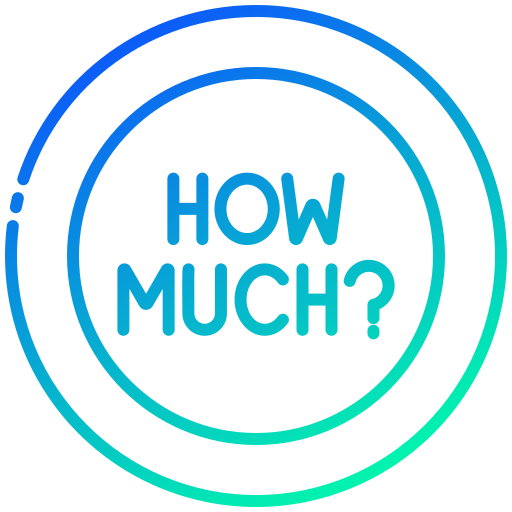How Much Is 1 Stone?
In a Nutshell
If you’re in a hurry and want the essence of the blog post, here are the top takeaways:
1. 1 Stone equals 14 Pounds or 6.35 Kilograms.
2. The stone is primarily used in the UK and Ireland.
3. Understanding stones can be crucial for weight-related contexts such as health and sports.
4. Conversion between stone, pounds, and kilograms is straightforward with the right formulas.
Table of Contents
– Introduction
– Historical Background
– How Much is 1 Stone in Different Units?
– Stone to Pounds
– Stone to Kilograms
– Applications in Daily Life
– Healthcare
– Sports
– Conversion Tips and Tools
– FAQs
Introduction
Understanding the value and significance of 1 stone can be vital. In regions like the United Kingdom and Ireland, weights are often measured in stones, especially when discussing personal or medical contexts. In this blog, we’ll break down exactly how much 1 stone is and explore its use in everyday life.
Historical Background
The stone has been used as a unit of measure for centuries. Stemming from its origins in trade and commerce during medieval times, the stone became a standardized unit to measure bulk goods. This section will delve deeper into its historical significance.
Useful Historical Insights:
– Medieval Trade: Stones were commonly used to weigh wool and other commodities.
– Standardization: The stone was standardized at 14 pounds by the 19th century in the UK.
How Much is 1 Stone in Different Units?
The stone can be converted into other units of weight. Let’s see how it translates to more commonly used measurements such as pounds and kilograms.
Stone to Pounds
1 Stone is equal to 14 pounds. This is why you’ll often see weight descriptions like “12 stone 6 pounds,” which means 12 stone and 6 additional pounds.
Stone to Kilograms
1 Stone is approximately 6.35 kilograms. This conversion can be particularly useful for those outside the UK or Ireland to understand weights in more familiar terms.
Easy Conversions:
– Stone to Pounds: Multiply the number of stones by 14.
– Stone to Kilograms: Multiply the number of stones by 6.35.
Applications in Daily Life
Stones have practical applications in various fields such as healthcare and sports. Here’s how understanding the stone unit can be vital in daily scenarios.
Healthcare
In the UK, patient weights are often recorded in stones and pounds. Understanding this unit can be crucial for medical professionals and patients alike to follow weight management plans effectively.
Sports
Many sports, especially rugby and boxing, measure athlete weights in stones. Knowledge of stones can be critical for athletes and trainers to meet weight categories.
Conversion Tips and Tools
To make conversions easier, several tools and formulas are available. Here are some handy methods:
– Online Calculators: Websites like How Much Is provide calculators.
– Manual Calculation: Use the conversion factors mentioned above to convert between units.
For more detailed conversions, check our comprehensive guide on the How Much Is 1 Stone page.
FAQs
To address common queries, here are some frequently asked questions:
- What is the origin of the stone unit?
- The stone has origins in medieval trade, where it was used to weigh wool and other commodities.
- Why is the stone primarily used in the UK and Ireland?
- Historical conventions and standardizations have kept the use of the stone predominant in these regions.
- Can I convert stone to ounces directly?
- Yes, there are 224 ounces in a stone (since 1 pound = 16 ounces, and 1 stone = 14 pounds).
- What’s the easiest way to convert stone to kilograms?
- Multiply the number of stones by 6.35 to get the weight in kilograms.
- Is the stone used in any industries outside the UK and Ireland?
- It’s rarely used outside these regions but can occasionally be seen in historical or niche contexts globally.
- Why is it important to understand the stone unit?
- Understanding the stone is essential for interpreting weights in healthcare, sports, and some regional contexts.
For further reading and more resources, visit How Much Is.
With this guide, you’ll have a comprehensive understanding of the stone as a unit of measurement and how to effectively use it in various settings!

Leave a Reply